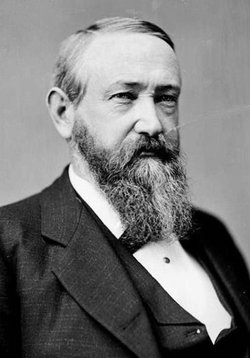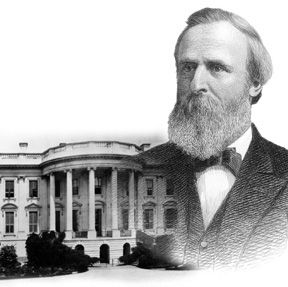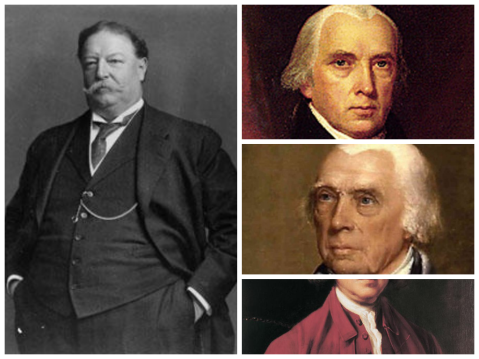Just Kidding – The Beard Lives
This was my little version of an April Fool’s joke. So far most everyone has been very supportive of the yeard, and I’m planning to press on with it. Besides at four months we’ve now passed the first trimester of beard growth, meaning there’s no going back.
Because I know I haven’t done a proper monthly update since February, I want to add in some pictures of all the wonderful adventures my beard has been on in the last month!
Did you have any favorites? Are there any beard shots you want me to try and get over the next few months? Leave your thoughts below in the comments!
Month Four Update and Bad News – End of an Era
“50 told me, go ‘head switch the style up, and if they hate let ’em hate and watch the money pile up.” – Kanye West
Unfortunately, quoting Kanye lyrics to start isn’t the worst thing about this post. I’d mentioned to some people that I’d started to get “looks” from some of the administration and other folks around school and yesterday morning they finally let the hammer fall: I have to trim the beard. I’ve checked the employee handbook and despite my daily care of it, the “haters” must not think that it counts as “well-groomed” enough.

I had put these away in the hopes of not having to use them til December…
This is obviously upsetting. I didn’t mind trimming some of the top and bottom in order to shape it (I was actually planning on doing that this week,) but not taking it in closer. I obviously want to keep growing it, but trimming in the length kind of defeats the entire purpose of the yeard. Unfortunately, I need to have a job, so something will have to give.
What do you guys think? Were they right? Should I try to keep growing it, but just keep trimming in the hopes that it will get fuller? Or should I just forget about it and cut my losses because the experiment’s dead anyway?
Presidents’ Day Facial Hair Countdown #3 – Theodore Roosevelt
3. Theodore Roosevelt

TR’s notable moustache doppelgängers include Andy Reid, Jamie Hyneman, and several species of walrus.
Fast Facts
Lifetime: 1858-1919
Presidency: 26th
Facial Hair Style: Moustache
Favorite Hip Hop Record Label: Ruff Ryders
I’ve been excitedly awaiting this post to come up for some time. Roosevelt is one of my favorite Presidents not only for his career in office, but also in his lessons and motivation from his private life.
Roosevelt was born a sickly, asthmatic child, but he never let that slow him down. He took great pride in training and strengthening his body, climbing mountains in his free time, and competing in boxing and rowing while at Harvard.
Roosevelt’s university career saw him become a voracious reader, tearing through hundreds of books a year and writing several himself. While his professional career saw him involved in New York state and City politics, he also began working as an editor for Outlook magazine. His influence within the US Navy had been growing when the Spanish-American War broke out in 1898. Roosevelt gathered a group of volunteers, the so-called “Rough Riders” to go down and fight the Spanish in Cuba. Though the war was in truth won by American naval power, his Rough Riders gained great renown with actions such as the famous capture of San Juan Hill.
Roosevelt’s notoriety for the war landed him in the office of the Vice-President, which would catapult him to the Presidency when McKinley was assassinated. As President, Roosevelt was most notable for two policies: his progressivism and his imperialist aspirations.
Perhaps not surprisingly, Roosevelt was a strong believer in American military strength. Like many of his contemporaries, he had been influenced by Alfred Thayer Mahan’s The Influence of Sea Power Upon History and continued the buildup of America’s modern steam-powered steel fleet. His foreign policy extended the older Monroe Doctrine, maintaining that European powers should have no place in the Western Hemisphere, and that the US would step in to intervene in Latin American countries that were at risk of failing and coming under European influence.
In the domestic corner, Roosevelt was a noted progressive. His “Square Deal” set of policies were meant to give a hand to the average American, encouraging food-safety laws, decreasing the influence of monopolistic corporations by use of the Sherman Anti-Trust Act, and conservationism. Roosevelt’s history as an outdoorsman influenced his belief that the natural beauty of America needed to be preserved, culminating in his signing of the Antiquities Act, a law which allowed the President to deem certain areas National Monuments.
In his later years, Roosevelt retired to Sagamore Hill, where he continued to read, write, and explore the outdoors. When World War I broke out in 1914, he actually toyed with the idea of gathering another company of volunteers and riding out for glory, but at 56, half-blind, and facing a war unlike any before, he luckily relented. Theodore Roosevelt and his impeccable moustache passed away at the age of 60 in Cove Neck, New York.








































Recent Comments